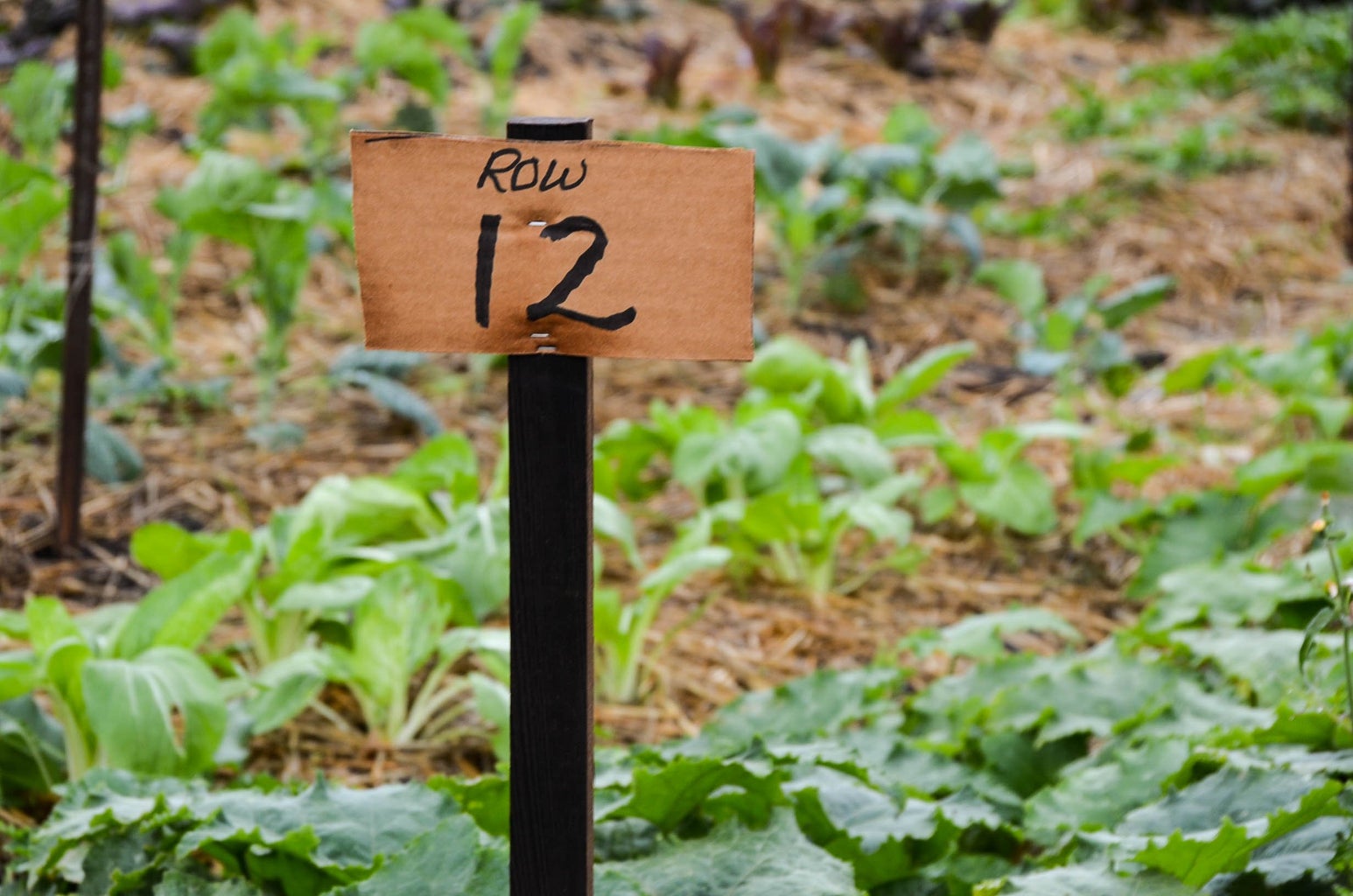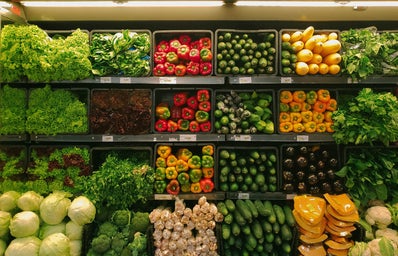The use of chemical pesticides dates back to the Middle Ages and the Victorian Era. Seemingly, considerable advances in pesticide usage have been contrived since. In the United States, the use of synthetic pesticides began in the 1930s and became conclusively widespread after World War II. Presently, farmers depend heavily on synthetic pesticides to control insects in their crops.
The University of California San Diego reports the main classes of synthetic pesticides consist of organochlorines, organophosphates, carbamates and pyrethroids. The use of synthetic pesticides from these four classes has been proven to result in a cost for the environment, and the health of animals and humans. Exposure to these pesticides can cause acute (short-term) or chronic (long-term) effects, especially in the reproductive, endocrine, and central nervous systems.
In 1972, a synthetic pesticide in the organochlorine class called DDT was banned by the U.S. Environmental Protection Agency (EPA). This can be attributed to DDT causing widespread insect resistance to the pesticide and researched evidence that exposure to DDT was increasing preterm births and negatively altering the environment.
The University of California San Diego reports that although DDT is banned in the US and many other countries, DDT continues to be manufactured and applied in underdeveloped nations, where the United States food supply is still growing. Meaning, the consumption of DDT from produce is still happening in 2022. Even with the credited risks and effects of pesticides, the magnitude of pesticide use is enormous. The United States EPA lists 160 pesticides in use as carcinogens. In 1997, the United States’ annual pesticide expenditure totaled approximately $11.9 billion. It is imperative that we as a collective find alternatives to universal pesticide use, not only for our health but for animals and the environment.

TOXICOLOGICAL Effects
The types of harmful effects on humans and animals caused by pesticides are classified as acute effects, chronic effects, and allergic effects.
- Acute effects are injuries or illnesses that appear immediately after exposure. The effects are usually obvious and reversible if appropriate medical care is given right away. Side effects usually include an itching/burning sensation to the eyes or skin, chemical burns, and rashes.
- Delayed effects are illnesses or injuries that do not appear immediately. These include but are not limited to lymphoma, leukemia, breast cancer, asthma and other immune system disorders.
- Allergic effects are harmful effects that some but not all people develop in reaction to exposure.
In addition to human and animal toxicity, pesticides are detrimental to our physical environment. The usage of pesticides is destroying biodiversity, allowing for only one type of crop to survive. Wildlife is harmed directly through the toxic effects of the chemicals, but also indirectly by the lack of biodiversity and insect resistance which substantially alters the ecosystem they live in.
Heavy wielding of pesticides create insect resistance. Insecticide resistance defined by the Insecticide Resistance Action Committee (IRAC) is a heritable change in the sensitivity of a pest population that is reflected in the repeated failure of a product to achieve the expected level of control when used according to the label. As a result of increasing resistance countries have started to apply more products, combine pesticides, increase applications, or substitute with more toxic replacements. The effects of these potent mixtures have not yet been studied, but one can assume the combination of synthetic chemicals is toxic.
Should we stop PESTICIDE consumption ALTOGETHER?
Pesticides are vital to crop production. They raise food productivity by protecting crops from insects, weeds and diseases. Furthermore, pesticides decrease crop exposure to harmful microorganisms and naturally occurring toxins. Utilizing pesticides prevents food-related illnesses, creates sustainability in agriculture cropping systems, and allows farmers to cultivate quality produce at an affordable price.
Researchers Leonard Gianessi and Nathan Reigner estimated that without fungicides (a type of pesticide), yields of most fruit and vegetables would fall by 50-90 percent. Again, our current industrialized agricultural system requires pesticides to provide for the demand for produce.
So, in short, no. We still need pesticides. Without them there would be a drastic reduction in yields, causing food scarcity, and not to mention the price of everything would skyrocket. However, it is time we begin to advocate for a change in the widespread use of pesticides. Whether that change is the reduction of usage or an alternative, we as a collective need to spread awareness.
In the meantime, to reduce your pesticide intake ensure you wash and peel your produce before consumption. Check to see where the products you intend to consume are grown and that location’s pesticide regulations. Try growing your own produce. Do your own research and formulate your own opinions! The bottom line is to make an effort to know and understand what you’re putting in your body, and that what’s labeled as “healthy” is not always benefit your body.


